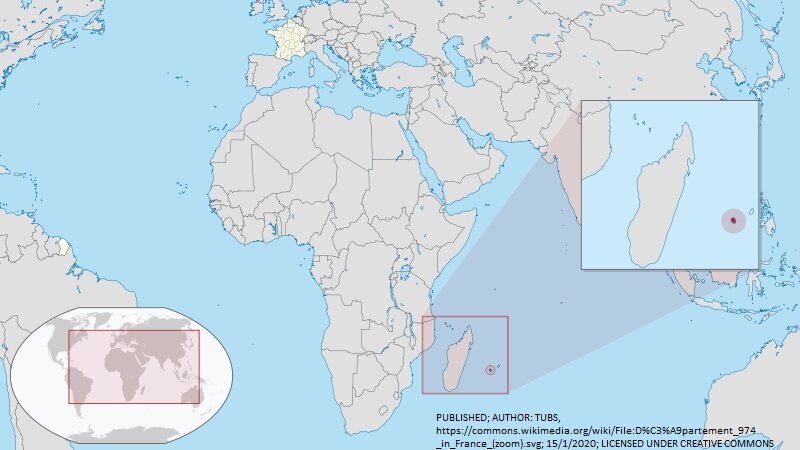Can you tell us a little about the foundation of ID Ocean and the locations you service?
ID OCEAN was founded in May 2017 by Vincent Macaigne, marine works engineer. Steven LE BARS, also ocean engineer, joined him as co-partner in October 2017. We provide marine engineering and survey services in the Indian Ocean Region, more particularly Reunion and Mayotte Island. We have plans to expand our services to East Africa and Madagascar in 2020.
Reunion Island is not an area many are familiar with, what are the unique or particular challenges to working in this area?
Even though Reunion Island is a French Territory, it remains a tiny piece of rock in the middle of the Indian Ocean, so it is very remote. Thus, we face challenging logistics issues as all supplies and spare parts need to be anticipated well in advance in order to complete our projects. That is why we need to rely only on high quality equipment with low maintenance rates. Furthermore, the ocean is very rough and demanding, as we get long energetic swells from the roaring forties in the winter and cyclones in the summers, not to mention that working in the tropics can be detrimental to electronic equipment not specifically designed for those conditions.
There's a diverse range of projects undertaken by ID Ocean, what would you say is the firm's specialty or most commonly undertaken project?
A large proportion of our activities consists of providing coastal subsea survey services to our clients, including georeferenced ROV HD and 360° video inspections, bathymetry, subsea photogrammetry and concrete armour unit seawall modelling. We also supply specific marine equipment from the best manufacturers like subsea cameras, ROVs, subsea sensors etc.
ID Ocean recently took delivery of a number of Spot X real-time HD underwater monitoring cameras, can you explain which project you used the cameras on and the benefits of a real-time camera feed?
The Spot X real-time HD underwater monitoring cameras we commissioned for Reunion Island are on use for a bridge project called the NRL (New Coastal Road). One of the cameras is used to monitor sediment dredging activities in real-time by the site manager. The two others are used to control subsea winch activity during concrete mattress displacement by commercial divers. The real-time camera feed enables a far better control of the operations by the engineer in charge of the project, improving diver safety, and reducing maintenance rate on the dredging pump as any problem can be quickly identified. The client had tried other cameras previously that did not last more than a couple of months. He is now highly satisfied with Spot X products as they provide a very reliable solution with low latency and high definition at a fair cost. The cameras are exposed to very demanding conditions (rough seas, sediment abrasion, regular lifting operations, equipment vibrations) and after several months we have not had any camera downtime on any of the units in use.
What are some of the other pieces of technology that you make use of during the course of your work?
We often use mini-ROV, USBL subsea positioning system, singlebeam or multibeam bathymetric spreads, CTD sensor, wave or turbidity buoys, acoustic current profilers
You can see more of ID Ocean at www.idocean.re and on LinkedIn (https://www.linkedin.com/company/id-ocean)




